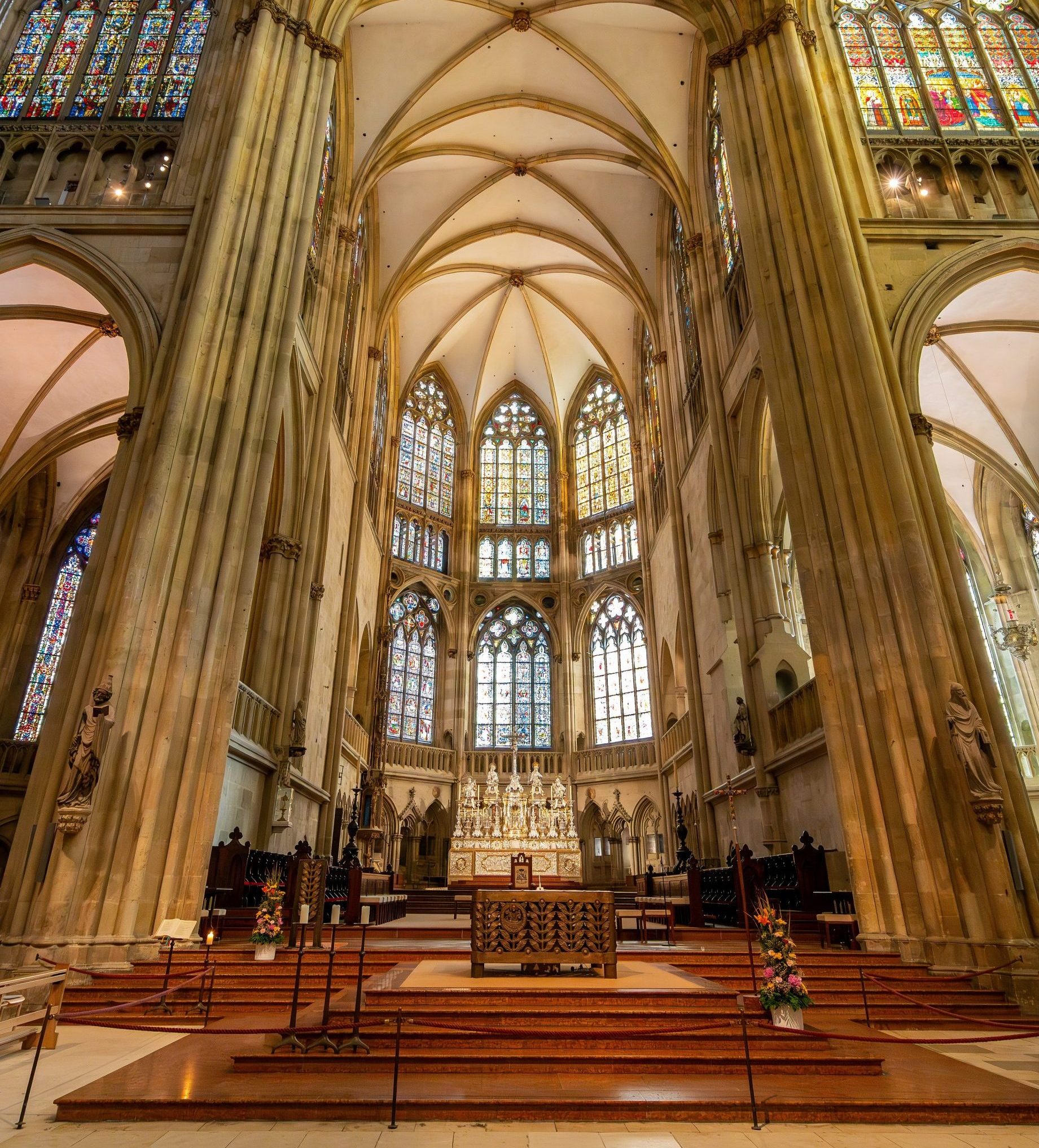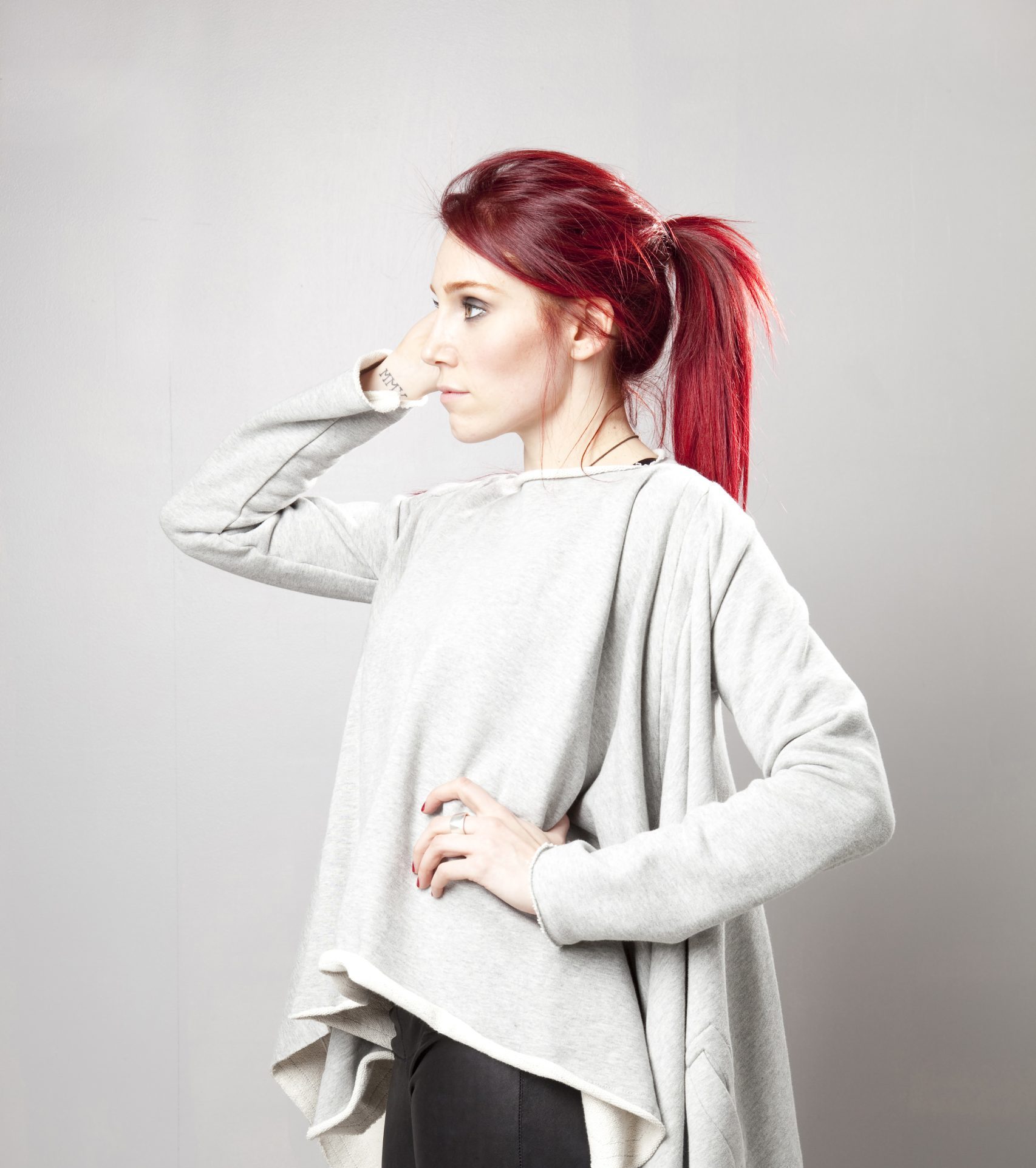Article
The Power of Sound: In Immersive + Experiential Entertainment Laura Youngkin’s mastery in storytelling through immersive environments
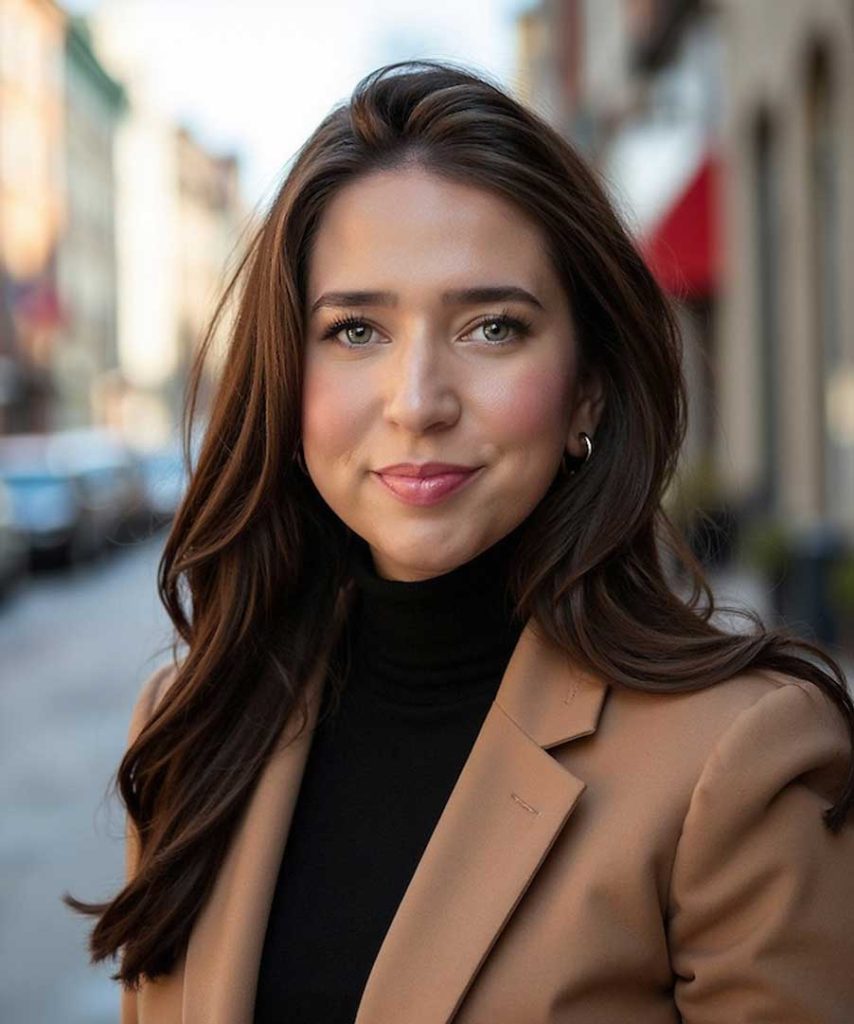
While visuals may capture our attention in immersive experiences, it’s often sound that truly captures our imagination. Most of us have gone to a theme park or,
more recently, experienced some form of theater, branded experience,
or live entertainment. Imagine hurtling through a space-themed roller coaster in total silence. Sure, the true vacuum of space is silent, but wouldn’t something feel missing on the ride? The eerie musical notes as you begin the ride, that crescendo as you plunge into a simulated black hole – these sounds amplify the thrill, making the experience more visceral and real. Laura Youngkin, a veteran Creative Producer in this space, stands at the forefront of this art, orchestrating how sound breathes life into attractions and immersive entertainment. From theme parks to brand activations, Youngkin’s expertise transforms how we perceive and interact with the world around us.
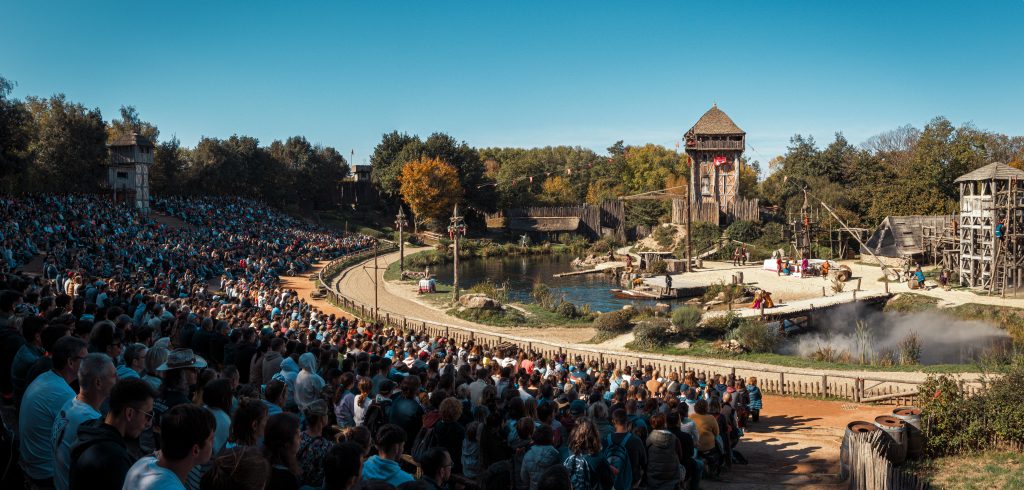
Designing Soundscapes
Creating a compelling soundscape involves much more than just choosing a soundtrack. Youngkin’s role extends to meticulous coordination with various teams and casting the right group of composers, designers, and musicians. “My job involves shepherding projects, ensuring they’re on time and within budget, but most of all that they’re creatively impactful,” she says. This includes working closely with sound designers, technical teams, and other creatives to ensure that sound seamlessly enhances the overall experience without overshadowing other sensory elements.
When designing soundscapes, several factors come into play. Youngkin considers the thematic elements of the experience, the audience’s emotional journey, and the specific location. For instance, in a theme park attraction, sound must enhance the physical sensations of rides and environments. In contrast, a brand activation might require sound or music that aligns with the brand’s identity while engaging visitors in a more intimate or interactive setting.
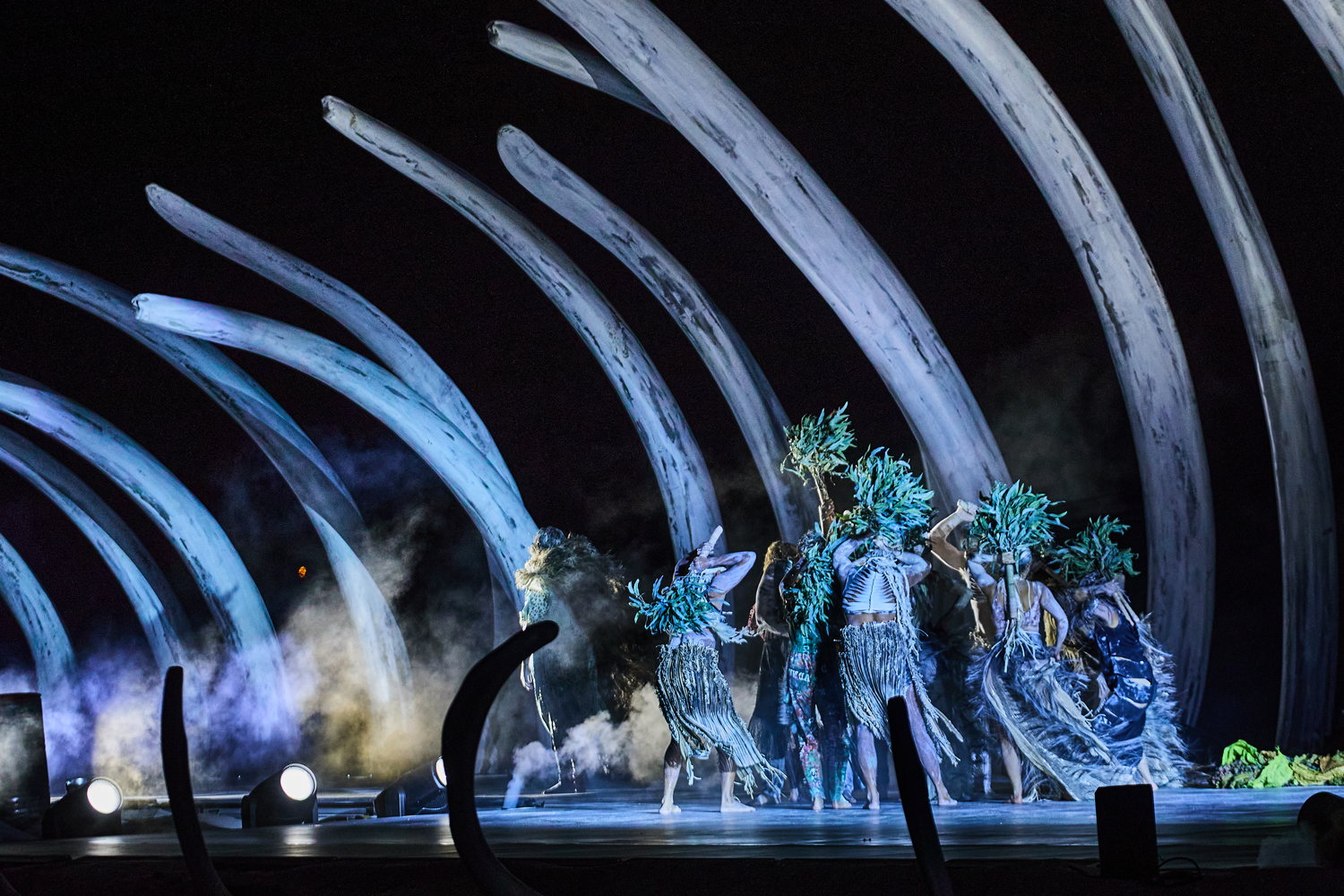
Technological Innovations and Sound Design
Advancements in sound technology have revolutionized how experiences are produced. Spatial audio, VR/AR sound, and immersive audio technologies allow for a more dynamic and engaging auditory experience. Youngkin notes that these innovations have significantly influenced her work, enabling her to create more nuanced and immersive environments. For instance, in recent projects, integrating spatial audio has allowed for a more realistic and enveloping sound experience, where sounds appear to come from hyper-specific directions, enhancing the sense of immersion. This technology is especially crucial in virtual and augmented reality environments where precise sound placement can significantly impact the user experience.
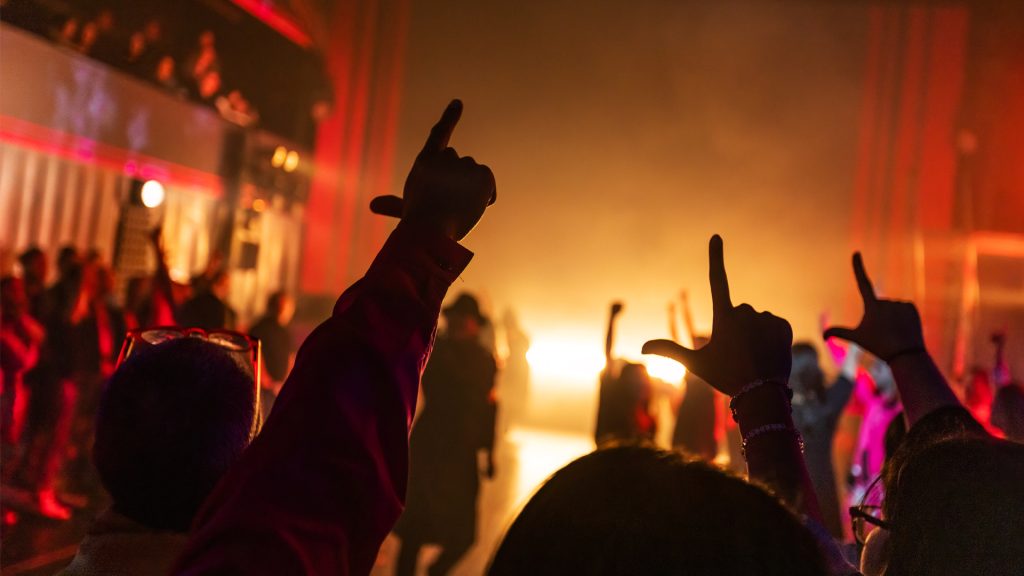
Collaboration and Integration
One of the key challenges in sound design for immersive environments is ensuring that it complements other theatrical elements without overpowering them. Youngkin’s production approach involves close collaboration with visual designers, lighting experts, acousticians, and show control programmers. “Integrating sound seamlessly requires an understanding of how it fits into the overall sensory landscape,” she explains. Sound must be balanced with lighting and set design in a live entertainment setting to create a cohesive experience. This might involve adjusting sound levels to enhance rather than overpowering the visual elements or coordinating with lighting designers to ensure that sound cues align with light changes for maximum impact. For the most complex immersive experiences, Youngkin and her team will spend weeks pre-mixing and pre-visualizing the show before they move into the actual venue. “Onsite time is always at a premium, and I endeavor to protect those hours for the team as much as possible.”
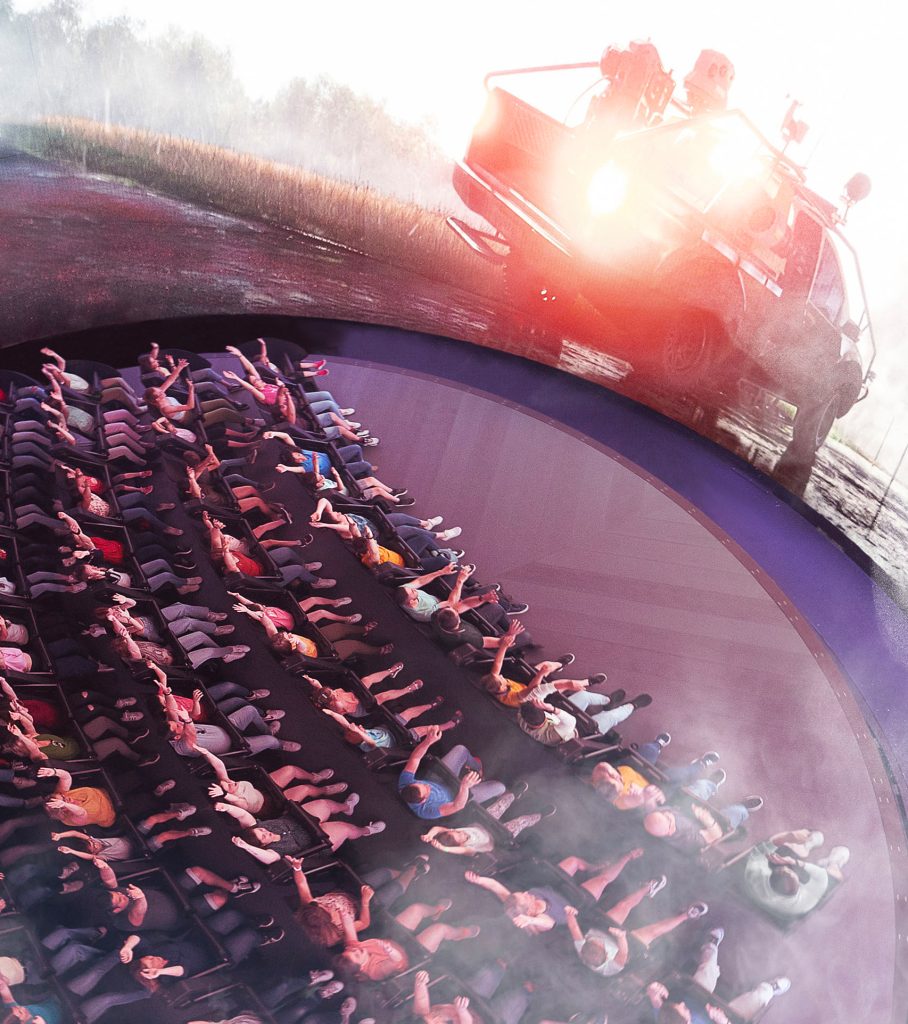
The Emotional Resonance of Sound
Ultimately, Youngkin’s work is about evoking emotions and crafting memorable experiences. Whether it’s a spooky Stephen King walkthrough, a grand theme park attraction, or a brand activation for one of YouTube’s biggest stars like Mr. Beast, sound plays a crucial role in shaping how people feel and engage with the experience. “My goal is always to elicit a visceral or phenomenological response from the audience,” she says. “Sound, and even the absence of sound, are invisible yet integral components of immersive storytelling.”
The success of a project often hinges on how effectively sound can connect with the audience on an emotional level. In this way, Youngkin’s role is both an art and a science, blending creativity with technical expertise to produce experiences that resonate long after the initial encounter. Youngkin’s work centers on making entertainment more engaging, and she understands that sound is key to unlocking that deeper level of immersion. She expertly wields sound to transport audiences, making them feel like active participants in the story. Through her knowledge of sound design, innovative use of technology, and collaboration, she intuitively builds environments where sound can support and enhance the storytelling experience. As the industry continues to evolve, Youngkin’s work is a reflection of how sound can transform and elevate live experiences, creating moments that are both enchanting and unforgettable
More from L-Acoustics
Technologies, solutions, news, and stories related to this article.
